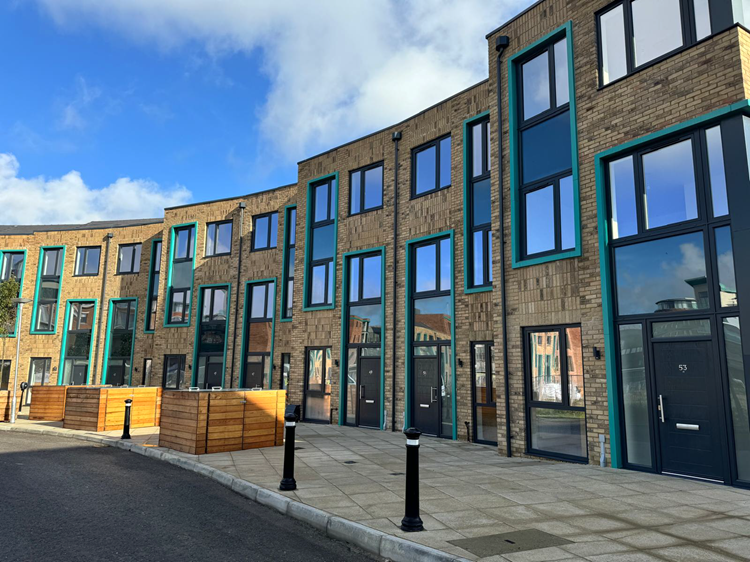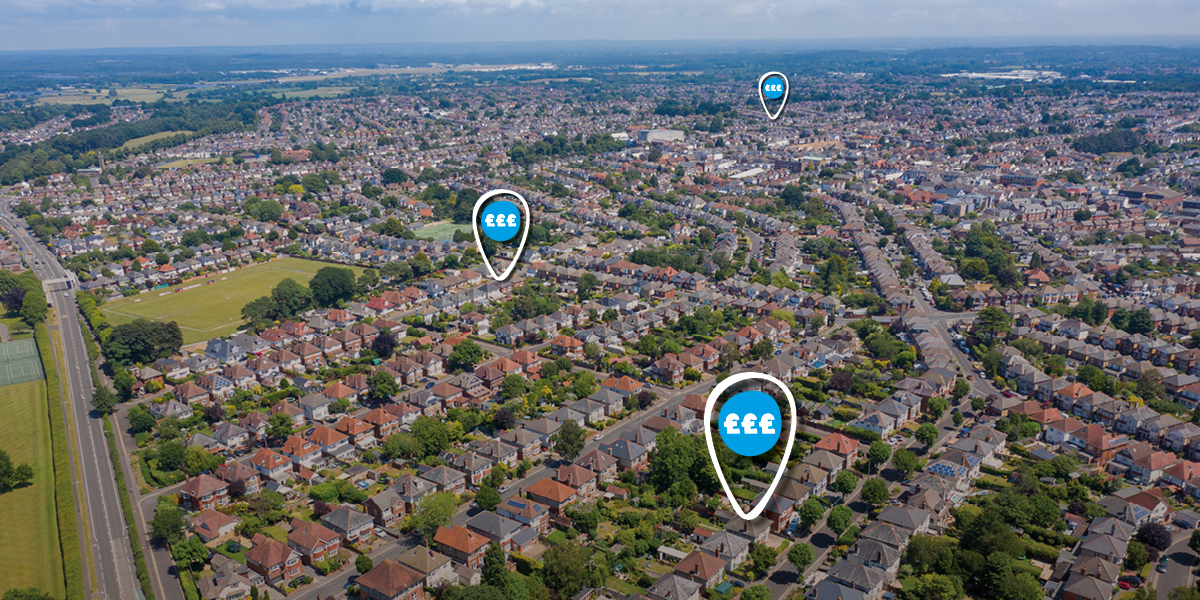How could leasehold reform affect shared ownership?
The government has recently announced plans to reform housing in the UK by potentially banning the use of leaseholds, replacing them with commonhold properties instead. Commonhold is already in use for many property owners with full ownership of individual units, helping them manage their shared responsibility for common areas. However, the impact of leasehold reform on shared ownership remains to be seen.
How shared ownership works
Shared ownership allows initial stakes as low as 10% of the property’s value, enabling individuals to transition from renting to buying their own home with a smaller upfront financial commitment than outright sale. Once settled into your new home, ‘staircasing’ allows you to gradually purchase more shares of your property, reducing your rent and increasing your equity over time.
The flexibility of shared ownership means you can buy additional shares when it suits your financial situation. Whether you receive a raise at work or save up over the years, you have the freedom to increase your stake. This gradual approach to full ownership not only makes the financial burden more manageable but also provides a clear path to eventually owning your home outright.
All shared ownership properties are leasehold, granting you rights to occupy the property without owning the land, which is owned by the housing association.
What is Commonhold?
Commonhold is a property ownership system that is looking to replace the leasehold tenure. Unlike leasehold, which grants a right to occupy a property for a set period, traditional commonhold offers full freehold ownership of individual units within a building or development. This means you own your home outright, along with a shared responsibility for the common areas.
This model is governed by a legal framework established in the Commonhold and Leasehold Reform Act 2002, which sets out standardised rules and regulations for the rights and obligations of homeowners and the commonhold association.
In commonholds, homeowners manage common areas collectively through a commonhold association, overseeing maintenance and decision-making without landlord involvement. This democratic approach ensures that all owners have a say in how their commonhold units are managed, fostering a sense of community and shared responsibility.
The role of the Commonhold Association
The commonhold association is crucial for managing shared areas and ensuring smooth operation of the development. Unlike traditional leasehold, where the freeholder decides, the commonhold association is governed by the owners themselves, giving them direct control over management and costs.
Decisions about shared services and areas are made collectively by the commonhold owners, often through the association’s board of directors. This board, typically composed of homeowners or external professionals, oversees the maintenance, repairs, and financial management of the commonhold. Key approvals, such as those related to significant expenditures, usually require a majority vote, ensuring that decisions reflect the collective will of the community.
Benefits of Commonhold for shared ownership
The potential integration of shared ownership with commonhold could offer a number of benefits for buyers, most notably enhanced control and management of their home. In a commonhold association, shared owners would have a say in the management of their building, including how their financial contributions are spent and prioritising maintenance tasks. Another key benefit is long-term security and property value preservation. Commonhold offers permanent ownership, eliminating issues with expiring leases. This stability provides greater property value retention over time, as there is no lease expiration to worry about.
Challenges and considerations
Despite numerous benefits, commonhold also presents potential challenges and considerations for shared ownership.
At present, mortgage lenders exhibit caution towards commonhold properties, often stemming from unfamiliarity with commonhold structures, making them hesitant to offer loans on such properties. With many shared owners requiring a mortgage for their purchase, this could be a significant barrier for potential buyers.
As the commonhold market grows and more successful examples emerge, it is expected that lenders will become more comfortable with this ownership model. This increased acceptance will make it easier for buyers to secure financing and purchase commonhold properties.
Summary
In summary, the integration of shared ownership with the commonhold tenure could present a new path to homebuying. The government’s proposed reforms, make the transition to commonhold highly likely, but its effect on shared ownership remains a grey area.
Housing associations like us, and shared owners alike will have a number of questions on the impact this will have on their properties, but it could be many years before we begin to see commonhold ownership rolled out for shared ownership.
Frequently asked questions
What is commonhold?
Commonhold allows individuals to have a greater say in the general maintenance and upkeep of their property as part of a collective management structure called a Commonhold Association.
How does shared ownership work?
Shared ownership enables you to purchase a portion of a leasehold property while paying rent on the remaining share, making home buying more accessible and affordable. This approach can help you step onto the property ladder with lower initial costs. For more information, check out our guide to how shared ownership works.
What are the benefits of commonhold over leasehold?
Commonhold offers homeowners greater control over property management and decision-making, ultimately preserving property value and enhancing flexibility.
What are the government's plans regarding new leasehold flats?
The government aims to make commonhold the default tenure by consulting on banning new leasehold flats, potentially paving the way for a more straightforward ownership model.


